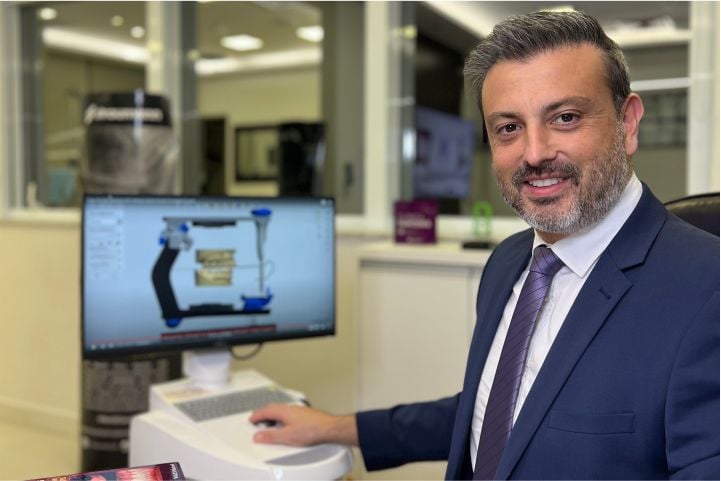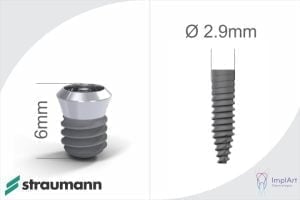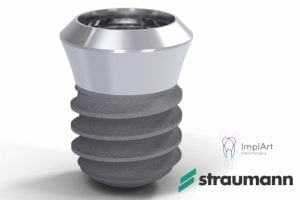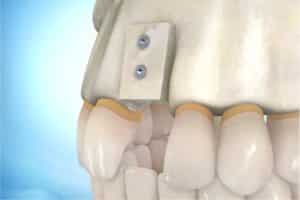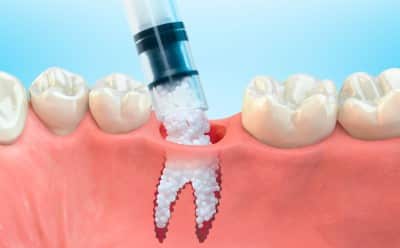
Dental Bone Grafting
Bone grafting = regenerating lost bone
+ scientifically proven techniques
Don’t be afraid of bone grafts!
Dental bone grafts are not necessarily large or invasive procedures. On the contrary, in most cases they are simple and small. Bone grafting is done to solve the problem of bone loss with maximum efficiency and minimum invasiveness.
Modern dental bone grafting techniques
Dental bone grafting is a surgical treatment that aims to recreate bone in the jaw and prepare it to receive a dental implant. The procedure may be necessary when the bone in the area that needs a dental implant is not sufficient for implant installation and needs to be supplemented, filled or regenerated.
Dental bone grafting techniques have been modernized in recent years. With the advent of new biocompatible materials, digital diagnostic tests and new techniques, we have been able to be more predictable with regard to the results obtained from bone grafts. The main objectives of bone grafting are to achieve:
- The least invasive procedure possible
- The greatest volume and best quality of bone
- The fastest possible healing time
- The best post-operative care (less swelling, pain, discomfort)
- The shortest formation time for the new bone
- Faster surgery
- The lowest risk of bone graft rejection
- Better predictability and guaranteed results in bone reconstruction
Nowadays we have more technological treatments and materials that often avoid treatment with grafts in the jawbone, such as computer-guided dental implant surgery. In some cases we can also avoid the use of dental bone grafting by using thinner or shorter dental implants.
How is bone grafting done?
Dental bone grafting begins with a detailed assessment of the patient. Our implant dentist carries out an oral examination and imaging tests, such as X-rays or CT scans, to assess the quantity and quality of the existing bone. Based on this assessment, the dentist determines the most suitable type of bone graft for the patient, if necessary.What are the types of bone graft?
There are several classifications of types of bone graft, so below we will list the most common ones.-
Types of graft in relation to the material used:
-
Type of graft in relation to purpose:
-
Types of bone grafts in relation to the mode of application:
-
Bone graft options with regard to accessories and modifying substances:
How are the most modern grafts performed?
Computerized technologies are also making their way into the application of bone grafts. New techniques make it possible to fabricate the bone graft in advance of the surgery, so that a block corresponding to the complement of bone required is fabricated in the laboratory. The complementary “piece” of bone is then applied to the bone bed with a perfect fit.How is bone graft surgery performed?
The dental bone grafting procedure is performed under local anesthesia (most common) or general anesthesia (hospital only), depending on the extent of the procedure. The surgeon makes an incision in the gum to expose the underlying bone and then places the bone graft in the desired location. In some cases, it may be necessary to use screws, titanium mesh, plates or membranes to fix the graft in place. After the graft has been placed, the gum is sutured and the site is left to heal.How long does it take for the bone graft to heal?
Healing after a dental bone graft can take several weeks or months, depending on the type of graft and the patient’s general health. During this time, the patient must carefully follow the dentist’s post-operative instructions, which may include taking medication to control pain and swelling, maintaining good oral hygiene and avoiding activities that could disturb the graft site.Why should I have bone grafting?
Dental bone grafting is an important procedure because it helps restore function and aesthetics to the patient’s mouth. Bone loss in the mouth can lead to a number of problems, including difficulty chewing and speaking, changes in facial appearance and loss of self-esteem. By restoring lost bone, dental bone grafting can improve the patient’s quality of life and boost their confidence. In addition, dental bone grafting is often a prerequisite for other dental procedures, such as the placement of dental implants. Dental implants require a sufficient amount of bone to support the implant, and a bone graft can help provide this support.Conclusions on the use of bone grafts
The surgical procedure known as dental bone grafting is a technique that allows the recovery and regeneration of lost bone in the mouth. This procedure is often necessary in situations of bone loss due to periodontal disease, trauma or bone atrophy following tooth loss. In conclusion, dental bone grafting is a valuable procedure that can help restore oral health and quality of life for patients. Like any surgical procedure, it comes with risks and benefits that should be carefully considered and discussed with our expert surgeons. If you believe you need bone grafts, bone filling, thin bones or even more “shriveled” gums, come in for an evaluation with us and we’ll analyze the best course of action.Dr. Roberto Markarian (PhD)
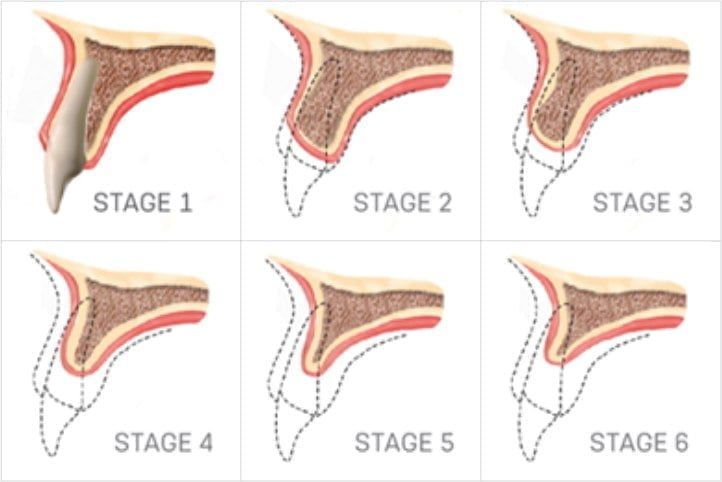
Tooth Bone Loss
What bone loss is and why it occurs in the dental arch.
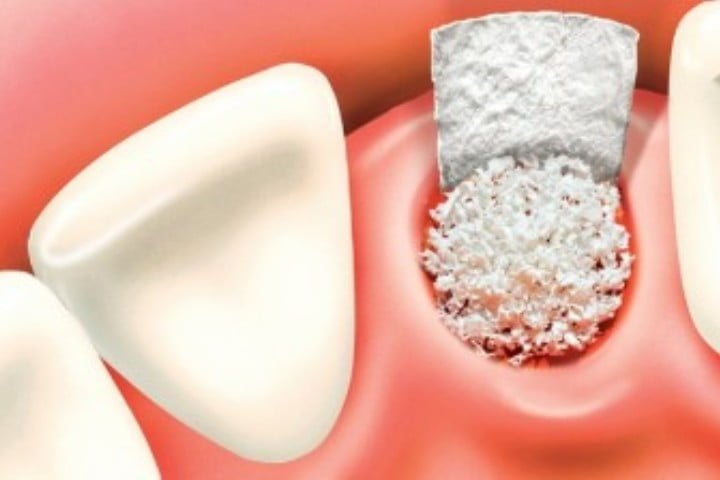
Bone grafts: what are they?
How bone grafts are made and how they work to correct defects in the oral cavity.
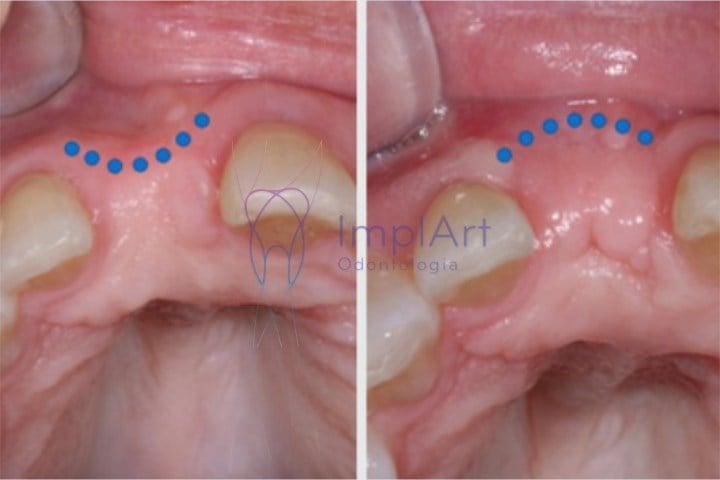
Main bone grafting techniques
Powder or block grafts. The selection of the best technique depends on the indication of the case.
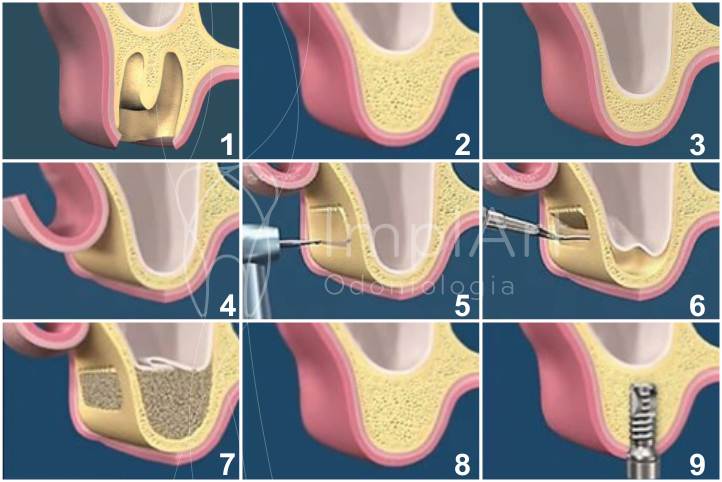
Maxillary sinus bone grafting
This is a technique for increasing bone volume in the upper jaw in the upper posterior region.
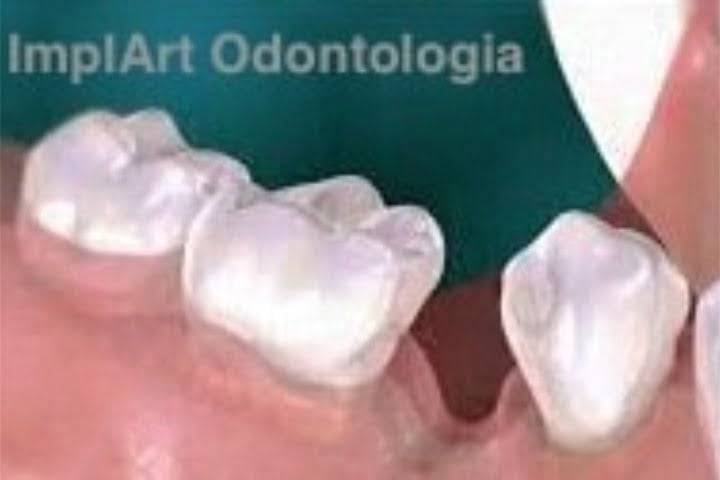
Bone loss caused by missing teeth
A region without teeth slowly loses bone volume and density. Understand the phenomenon of bone loss.
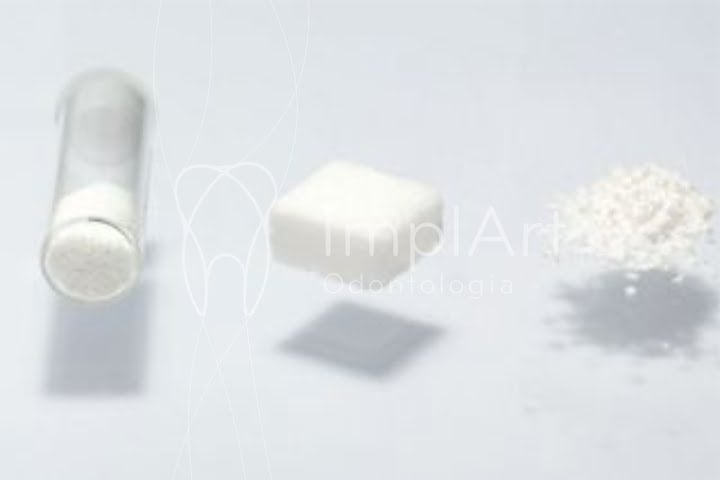
Common questions about dental bone grafts
Learn about the most frequently asked questions related to dental bone grafts, whether in terms of the best procedure or the best material.
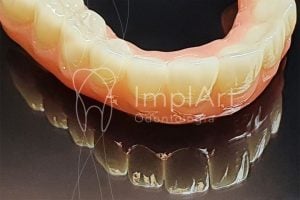
Do I lose teeth during implant grafting?
Short implants can prevent grafting
Bone graft or zygomatic implant?


